News
Issues affecting the wine industry and the wine you drink
-

Mental Approaches for Assessing Wines
A new study looks at how two different mental approaches, mindfulness and thought suppression, affect the ability to smell and assess wines. Mindfulness, which involves staying present and accepting your feelings and sensations without judgment, helped people better notice the intensity of smells in the wines. However, it made them less likely to judge whether…
-

Free Chianti Classico Course
The Consorzi Vini e Olio Classico online platform offers a free educational course on Black Rooster DOP wines and oils, exploring the history, terroir, and production of Chianti Classico. The five-module programme covers topics such as the region’s ancient history, modern challenges, grape and olive varieties, and production techniques. You will learn about Sangiovese grapes,…
-
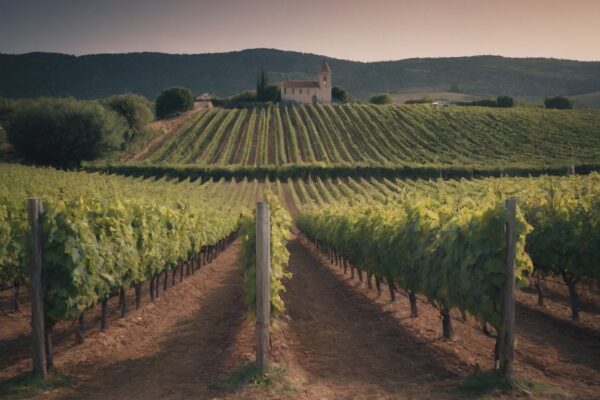
Lowest Wine Output Since 1961
The OIV’s new 2024 World Wine Production Outlook (PDF) highlights a challenging year for the global wine industry, with production estimated at 227 to 235 million hectolitres, reflecting a 2% decline from 2023 and a 13% decrease compared to the ten-year average. This marks the lowest global output since 1961, primarily driven by adverse climatic…
-

Waitrose Food & Drink Report 2024
Waitrose have a new Food and Drink Report based on a survey of over 3,200 people who have shopped at Waitrose in the preceding three months to October 2024. The findings highlight a noticeable shift in customer drinking habits. Sales of no- and low-alcohol wines have risen significantly, up by 17% compared to previous periods….
-

Exploring Plant-Based Alternatives to Sulphur Dioxide in Winemaking
Winemaking has long relied on sulphur dioxide (SO₂) for its antioxidant and antimicrobial properties, ensuring the stability and quality of wines. However, slight concerns about its health impacts and allergenic potential have prompted the search for natural alternatives. Recent research highlights the potential of a plant-based tannin blend (referred to as SDR) as a substitute…
-
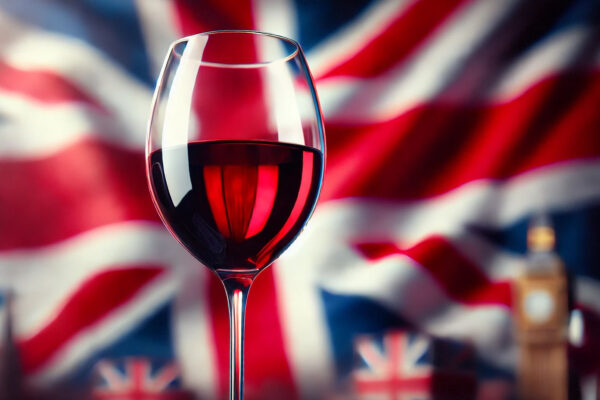
Protest Against February Duty Hike on Wine
Tim Atkin, Master of Wine, has announced that wine friends are coming together to protest against the exorbitant and potentially devastating February duty hike on wine in the UK. To join the campaign, send a flattened wine capsule or screwcap to Rachel Reeves at HM Treasury, 1 Horse Guards Road, London SW1A 2HQ, with a…
-
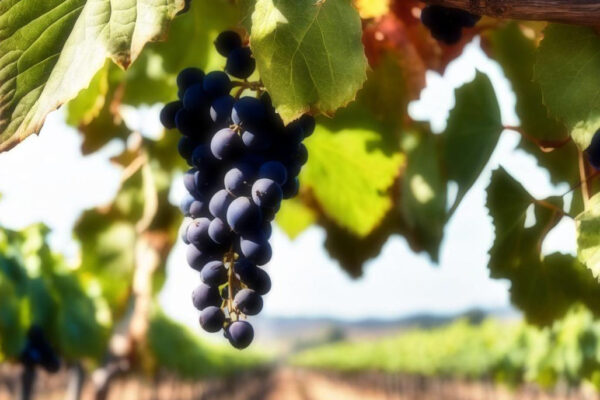
Harnessing Native Yeasts to Revive Terroir
You might sometimes encounter wine descriptions or labels mentioning the use of ‘native yeasts’. This refers to microorganisms naturally found on grape skins or in the vineyard environment. Yeasts play a crucial role in influencing the wine’s aroma and flavour. A new study provides insights into the otherwise widespread use of commercially available yeast strains…
-
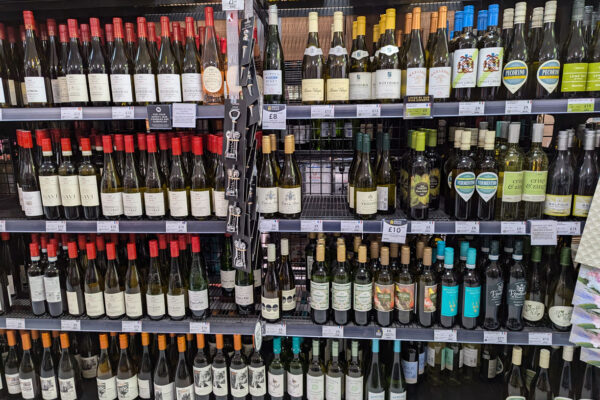
M&S Cuts Wine Prices for Affordable Festive Celebrations
M&S has reduced prices on a third of its wine selection in response to consumer budget concerns, with over 120 wines discounted since April, including 22 more cuts this week. To further support customers ahead of the Christmas season, M&S has also revised its wine deal, offering a 10% discount on four bottles (previously required…
-
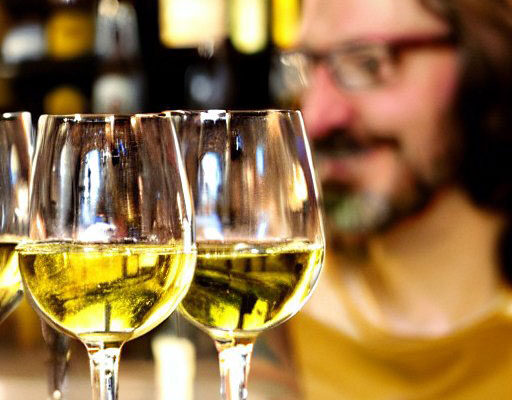
How European Consumers Value Wine
A new study investigates how wine consumers in France, Greece and Italy value various ‘credence attributes’, including wine origin, production methods (conventional, organic, or biodynamic), price and geographical indication (GI). The researchers assessed which attributes most strongly influence purchasing decisions. The analysis revealed that consumers highly value the origin of wine, especially local origins, followed…
-
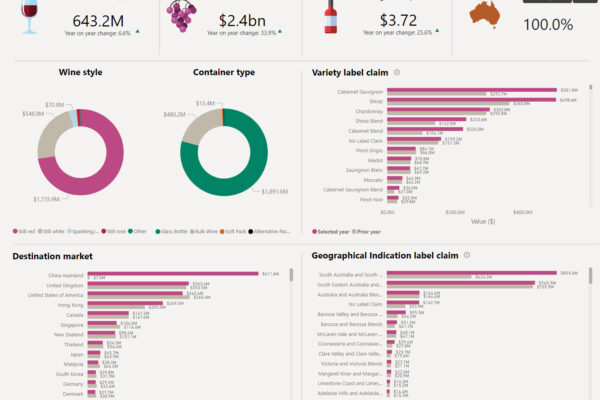
UK is Australia’s Largest Wine Market By Volume
Wine Australia has a new report on the period 12 months to 30 September 2024. The report on Australian wine exports highlights a 34% growth in export value to AUD 2.39 billion in the 12 months ending September 2024, reaching its highest levels since 2021. Exports surged particularly due to the lifting of tariffs on…
-

Shoppers Unhappy Over Lower Alcohol Levels in Popular Wines
The Drinks Business is reporting that Tesco shoppers have voiced frustration online over popular wine brands reducing alcohol content, with some accusing producers of quietly lowering alcohol by volume (ABV) levels. Due to rising UK import duties based on alcohol levels, producers are cutting ABVs on budget wines to manage costs. Concha y Toro, for…
-

WineGB Launches First Sustainability Impact Report
WineGB has launched its first Sustainability Impact Report (pdf) to coincide with the International Day of Climate Action, marking significant progress in its Sustainable Wines of Great Britain (SWGB) initiative. In just four years, SWGB now covers 43% of UK vines, with 79 members, 31 completing their first audit, and 13 receiving gold certification for…
-
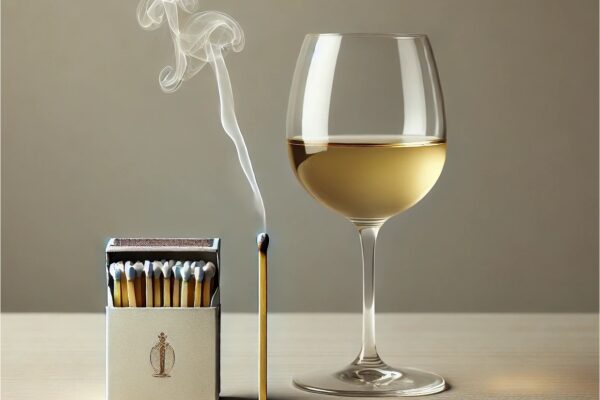
Optimising Flinty Aromas in Wine
New research focuses on a study exploring how certain winemaking strategies, particularly the use of different yeast strains and nitrogen supplementation, can affect the formation of phenylmethanethiol (PMT), a sulphur compound associated with ‘flinty’ or ‘struck match’ aromas in wines. These aromas are particularly valued in certain white wines, like Chardonnay. The study found that…
-
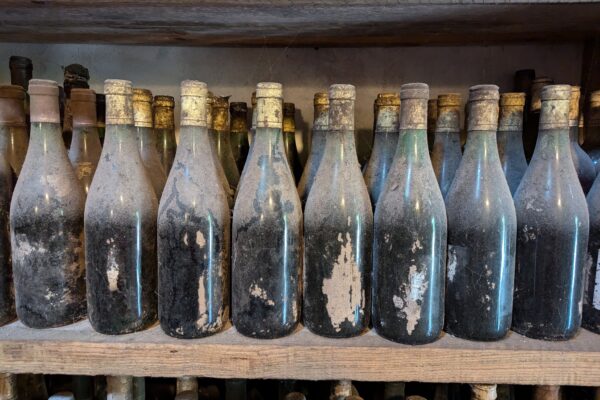
Reducing the Cost and Time of Wine Ageing?
There’s new research that examines the influence of ultrasound treatment on the chemical and sensory properties of a five-year-old bottled red wine over a period of twelve months. The study used both low-energy (5 minutes) and high-energy (30 minutes) ultrasound treatments to assess their effects. Sensory analysis revealed that, after three and six months of…
-
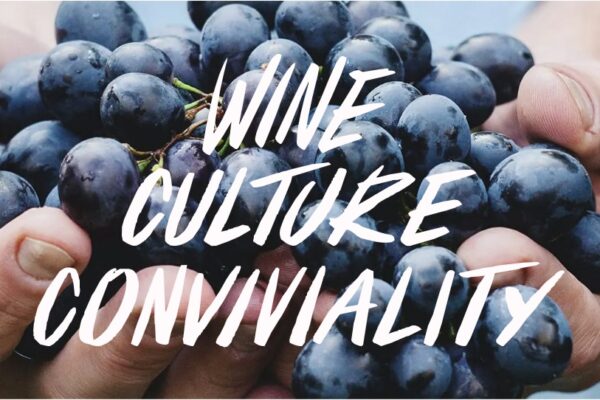
European Wine Industry Unites to Combat Anti-Alcohol Movement
The VITÆVINO Declaration is a newly launched initiative by major European wine organisations to combat the growing anti-alcohol movement, which has negatively impacted wine sales and wine culture. The declaration, signed on 1 October 2023, aims to defend European wine culture by highlighting four key points: preserving wine heritage, its economic role in rural areas,…
-

Insights into the UK Wine Market
Wine Australia has released an insightful report on the UK market, which remains Australia’s number one export market by volume. The report provides a detailed analysis of the current trends and challenges impacting wine consumption in the UK, such as economic shifts, inflation, changes in disposable income and evolving consumer behaviour. The UK economy has…
-
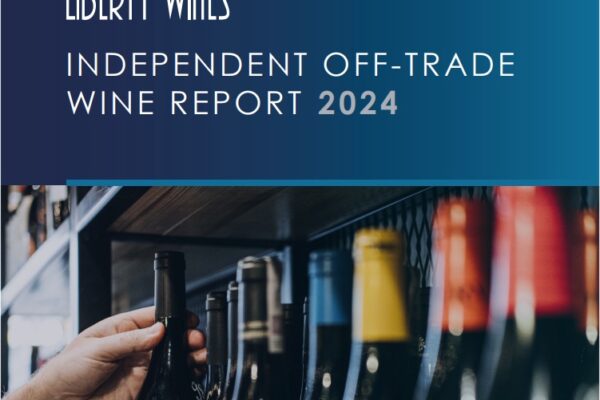
New Liberty Wines Off-Trade Wine Report
If you are reading this as someone who in the wine trade, Liberty Wines has its first Independent Off-Trade Wine Report, highlighting the strength of the independent retail sector, which lies in its diversity, specialisation and flexibility. However, tracking the indie market has been challenging due to a lack of data. To address this, they…
-
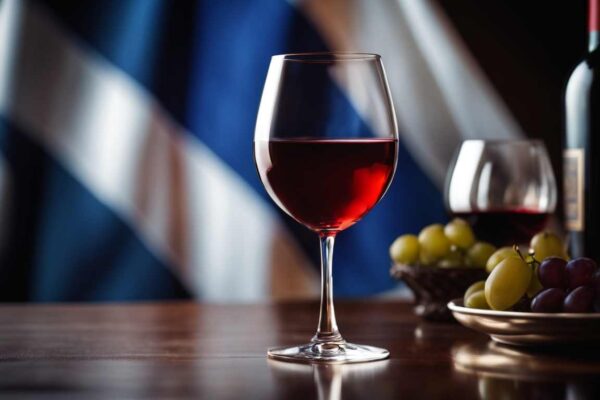
Change of Scotland’s Minimum Unit Pricing
Drinks Retailing is reporting that the cost per unit of alcohol in Scotland has risen from 50p to 65p, meaning that alcoholic beverages must now be sold at a higher minimum price based on their alcohol content. A 13% ABV bottle of wine will rise to £6.34. This increase in Minimum Unit Pricing (MUP) has…
-

Waitrose Launches UK’s First Major Supermarket Cork Recycling Trial
Waitrose has announced it will be the first major UK supermarket to trial cork recycling, beginning on 7th October in seven stores, including Salisbury, Saltash, Lymington, Bath, Godalming, Truro, and Maidenhead (when it reopens in November). Customers will be encouraged to recycle natural corks at collection points, with the material being processed by Amorim, the…
-
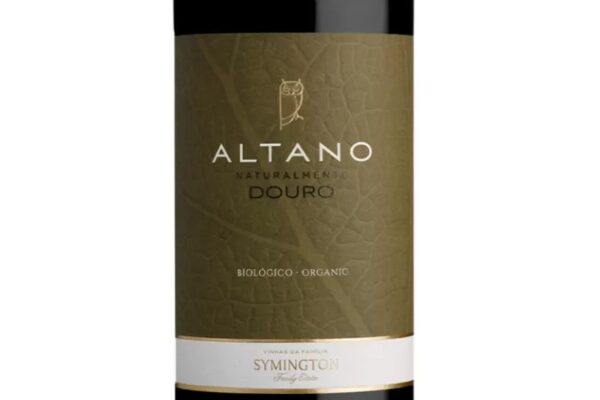
Label Design Influence on Consumer Attitudes Toward Organic Wine
New research ‘healthy = (un)tasty’ intuition concerning colour in organic wine labels explores how the colour of organic wine labels influences consumer perceptions, focusing on the associations with healthiness, tastiness and purchase intentions. The research investigates the effects of red versus green labels on these consumer attitudes. The study confirms that organic labels generally create…
Did You Know?
For Crémant, grapes must be harvested by hand and the wines must undergo at least nine months’ ageing before release. More
In 2024, the UK was the second-largest export market for Champagne globally, after the United States. More
Local UK bottling of wine represents about 40% of imported wine. More
Around 1% of people, typically severe asthmatics, have a sulphite sensitivity. More
A large 80% of Australian wine arrives in the UK in bulk. More
Only about 0.02% of Australia’s landmass is dedicated to vineyards. More
In 2024, New Zealand produced only 1% of the World’s wine. More
In 2024, the US imported 37% of World production of Pinot Grigio and the UK was is in second place at 27%. More
In 2024, the UK was South Africa’s largest export market, with 40% of total exports. More
In 2024, the United Kingdom imported 22.3 million bottles of Champagne, a decline of 12.7% compared to the previous year. More
Larger Champagne producers source grapes from as many as 80 different vineyards throughout Champagne. More
Champagne houses and growers collectively produce around 300 million bottles annually. More
In 2025, the Champagne region was home to about 2,124 Champagne houses and approximately 19,000 growers. More
Provence is one of the leaders in the conversion to organic viticulture, with 61% of vineyards certified. More
8% of the South Africa’s grape production is Fairtrade-certified. More
Up to 80% of wine aroma compounds come from grape skins. More
Glycerol is the third-largest component of most dry wines after water and alcohol which is why they so often feel ‘smooth’ or ‘silky’ in the mouth. More
Humans are more than 400 times more sensitive to bitter than sweet. More
Humans can detect the earthy molecule geosmin at about 100 parts per trillion and camels are so sensitive to it they can locate damp ground from roughly 50 miles away. More
During the phylloxera crisis of the nineteenth century, 90% of Europe’s vineyards were destroyed. More
In 2025, for La Vieille Ferme, also known as “The Chicken Wine”, sales surged by 49.4% to £110.8 million. More
In 2025, in the UK, Yellow Tail held the top position with sales, marking a 9.8% increase over the previous year. More
In 2024, the UK was the second-largest wine importer in volume and value. More
In 2024, the UK was the fifth-largest wine-consuming country globally. More
In 2025, global wine consumption continued its downward trend, estimated at 214.2 million hectolitres, the lowest since 1961. More
In 2025, online alcohol sales had a 20% increase in value over five years. More
In 2025, the number of UK vineyards rose to 1,104 and wineries to 238, with land under vine expanding to 4,841 hectares, a 510% increase since 2005. More
Moët Hennessy alone commands nearly 46.66% of the Champagne market, with the top three producers together holding about 61%, and the top five controlling over 72%. More
In 2024, the Champagne market was worth roughly €3.92 billion. More
In the marketing year 2023/24, white wine accounted for roughly 55% of Spain’s output, whereas red and rosé together made up about 45%. More
In the UK, 92% of wine is consumed within 48hrs of purchase. More
The majority of wines, 95%, use commercial rather than wild yeast. More
Between 0.5 and 10 litres of water, per litre of wine, are needed for cleaning during winemaking. More
Machine harvesting can achieve up to 100 tons of fruit per day vs 1 ton for a human. More
In Germany, 2025 was the smallest wine vintage since 2010. More
The majority of vineyards, 90% in 2019, are farmed with heavy chemical interventions. Only 6% are organic. More
90% of low and coastal areas in south Europe and California will no longer be able to produce good wine by the end of the century. More
Tools
Recent
-

The Bibendum Wine Trend Report and What it Means for UK Wine Lists
-

25% Off Specially Selected Wine at Aldi
-

Moillard Crémant de Bourgogne Chardonnay
-

Light Strike Can Cause Wine Degradation in Just One Day
-

Château Méaume Matured Bordeaux Supérieur
-

Surani Costarossa Primitivo di Manduria
-

Traditional Method
-

€0.01 Bottle of Wine in French Supermarket
-

La Masseria Del Borgo Primitivo di Manduria
-

Champagne Bruno Paillard Cuvée 72
Tags
25% Off Wine Aldi Amarone Argentina Articles Asda Australia Award Awards25 Bibendum Bizarre Blog Books Bordeaux Cabernet Sauvignon Carménère Cava Champagne Chardonnay Chenin Blanc Chile Climate Change Coop Decanter Duty English Wine EPR Events Fairtrade Food France Furmint Germany Glossary Greece Health Hungary Italy IWSC Jeroboams Laithwaites Legislation Liberty Wines Lidl Low Alcohol M&S Majestic Malbec Marketing Merch Merlot Morrisons Natural News New Zealand Non-Alcoholic Ocado Old Vine Organic Past Tastings Pinotage Pinot Noir Port Portugal Primitivo Prosecco Regulations Reviews Ribera del Duero Riesling Rioja Ripasso Rose Sainsbury's Saperavi Sauvignon Blanc Shiraz Sicily South Africa Spain Sparkling Supermarkets Sustainable Tax Terroir Tesco The Wine Society Unrepresented USA Valpolicella Vinho Verde Virgin Wines Waitrose Wanderlust Welsh Wine What to Buy Wine Art WineGB WIne Glasses Zinfandel



